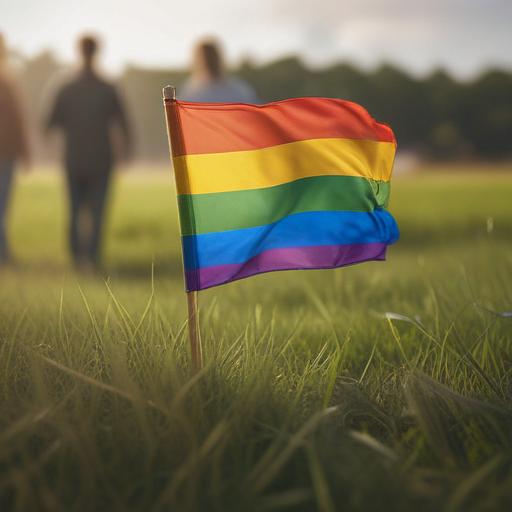As Pride Month commenced this year, social media director Kai Cameron creatively honored an iconic 2008 public service announcement featuring Hilary Duff, which aimed to discourage the derogatory use of the word “gay.” In his TikTok video, Cameron skillfully imitated the original ad where Duff challenged viewers to reconsider their language, sharing a powerful message against homophobia. The response to his post has been overwhelmingly positive, amassing nearly half a million likes and comments praising Duff for her impactful stance.
Viewers shared sentiments that Duff’s work in the ad was transformative, describing it as an “end of homophobia” moment and declaring her deserving of a Nobel Peace Prize. The ad has remained a significant touchstone for many, illustrating not just a celebrity’s influence but highlighting broader LGBTQ+ advocacy in media. The original commercial, part of the “Think B4 You Speak” campaign by the Gay, Lesbian & Straight Education Network (GLSEN), sought to address the reckless use of language that sometimes perpetuates pain and marginalization.
In the social context of its release, the campaign made strides in reshaping conversations about language around the LGBTQ+ community. GLSEN founder Kevin Jennings noted the distinct success of the campaign, with Duff’s star power being instrumental in its impact on public discourse. He remembered it as a rare opportunity to blend activism with mainstream media appeal, stating that they indeed “made history.”
The campaign fostered a notable decline in the use of “that’s so gay” as an insult, with GLSEN’s 2021 survey revealing that usage dropped significantly from over 90% two decades prior to 68%. This positive shift also contributed to reduced bullying and increased participation in supportive environments like Gay-Straight Alliances, as reported by GLSEN’s executive director Melanie Willingham-Jaggers.
The ad’s legacy has endured, becoming a cultural artifact referenced in recent media—from remakes featuring other celebrities to discussions among younger generations about its relevance. Even Duff participated in the viral trend, showcasing its lasting imprint on popular culture.
Despite some strides in LGBTQ+ representation, advocates emphasize the need for ongoing efforts, particularly for underrepresented subgroups. Current statistics reveal that LGBTQ+ individuals account for a minimal proportion of national advertising. However, this underscores the potential for future progress in media representation and advocacy, especially when remarkable campaigns from the past continue to inspire newer generations.
The celebration of impactful moments like Duff’s ad reminds audiences of the power of media in nurturing understanding and acceptance. As society evolves, such campaigns can serve as catalysts to address persistent issues, championing inclusivity and understanding in all its forms.
